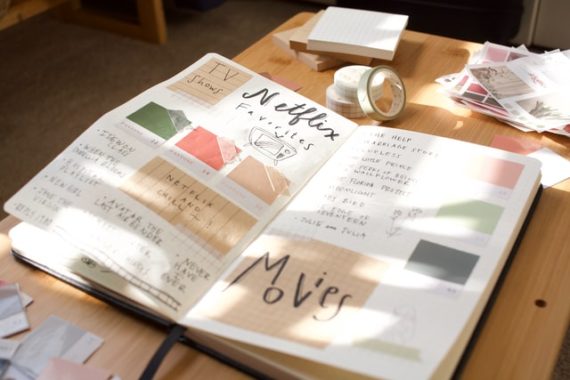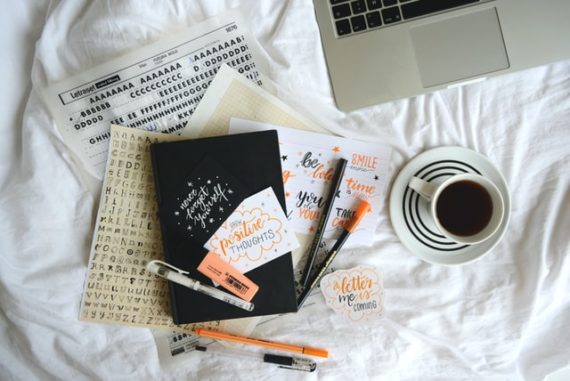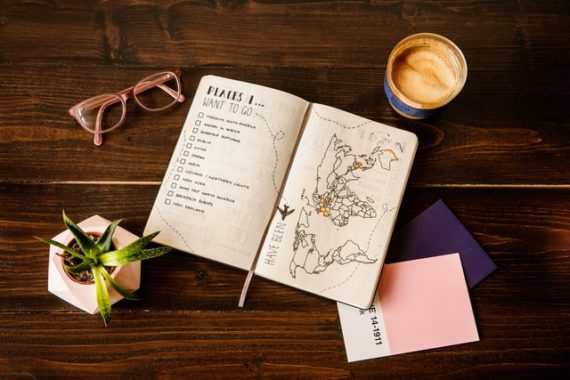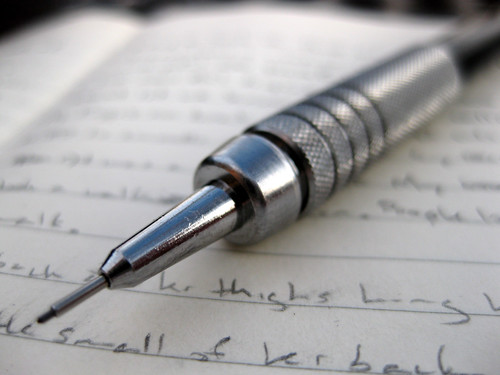The Vital Role Played by Stationery in Numerous Cultures
Today: a guest post by Catarina Lory:
“Without wishing to overstate it, stationery has created civilization. Language is how we make sense of the world, and written language gives us an aggregated sense of knowledge. That only happens because of stationery.” – James Ward
Stationery has done much more than spread knowledge of language and history; it has also played vital roles in many aspects across an array of cultures, enabling people to comply with social etiquette, create collections, and express themselves through personalized items. Its history can be traced back to the Egyptians, who, in 3000BC, famously transformed the papyrus plant into a solid, dried sheet that could record specific information. Historians, however, credit a Chinese eunuch called Tsai Lun with having invented modern-day paper, as he blended bamboo fibers and the inner bark of a mulberry tree to create paper in 100AD. As these new materials made their way into different societies, they opened up fresh ways for people to communicate, share ideas and express their cultures in exciting new ways. This evolution laid the groundwork for the diverse writing practices that “got rolling” (so to speak) before the printing press came along.
Before the Printing Press
Prior to the invention of the printing press in the 15th century by Johannes Gutenberg, numerous cultures sought to share knowledge and information through writing. The ancient Greeks, for instance, used wooden styluses to write on wax tablets. The Romans, meanwhile, used both styluses and waxing tablets and ink reeds or metal pens and papyrus. The latter was made from pounded reeds. They also used parchment or vellum, which was made from animal skins, as well as thin wooden tablets and pottery sherds (which were used for short notes). All these materials played a vital role in culture, with the Greeks and Romans producing vast bodies of literature, including epic poems, philosophical works, and tragedies. Homer’s Iliad and Virgil’s Aeneid are just two of the most important works written at this time. Stationery also played a key role in the creation of religious texts and the preservation of historical events.
The Renaissance, Industrial Revolution, Victorian Era, and Beyond
Gutenberg’s invention revolutionized the availability of written materials, and later, the creation of the pencil in the 17th century made it much easier to share literature, historical facts, and personal, political, and social news. In the 1800s, stationery was mass-produced and therefore far more affordable. During the second half of the 19th century, handwritten notes and letters reached peak popularity, and became a veritable art form with strict rules of etiquette. Colored and scented papers became fashionable, as did elegant finishes and floral motifs though by the 1890s, simplicity in stationery once again held sway. In the 1880s, meanwhile, the invention of the fountain pen made writing even more trendy and the arrival of the 19th century brought with it the mass production of greeting card design.
The 20th Century Until Today
One of the biggest developments in stationery and tools was the invention of the ballpoint pen in 1938. The 1900s also saw the rise of stickers and memo squares, which were ideal for short notes. Today, stationery comes in a wide array of finishes, weights, and textures, with young and old consumers alike collecting everything from luxurious journals to personalized stationery for times when penning a letter appeals more than a quick email. Today, stationery choices reflect different cultures’ values and tastes. For instance, in Japan letter writing is highly prized, with practices like envelope art (kirigami) and elegant writing still being highly regarded. Japanese and Chinese stationery often features symbolic designs inspired by nature such as cherry blossoms (in Japan) and bamboo, birds, and blooming flowers (in China).
Sustainability as a Sign of the Times
Around the world, sustainability has become a major priority, and research shows that a lot of people are ready to pay a bit more for products that are made sustainably. A noteworthy fact is that this trend isn’t just limited to design and fashion; it’s also making waves in the stationery world. Take handcrafted Indian paper, for example—made from herbal fibers, cotton, silk, banana bark, and jute. It’s gorgeous to look at, of course, but it is also kind to the environment. Many companies in the West are saying yes to this trend, turning their offices into green spaces that reflect these values. Even remote workers are doing their part by embracing sustainability in their home workspaces. When it comes to interior design and furniture, that means choosing sustainable materials like wood and eco-friendly paint. On the stationery front, the focus is on recycled paper, plant-based inks, and biodegradable products.
What Is the Future of Stationery?
There is no doubt that the most popular means of communication these days is e-mail. Despite the influence of digital means of communication, however, stationery still has a promising future across the globe. In fact, the market is expected to reach USD 271 billion by 2034, with a steady compound annual growth rate of 5.3%. Top trends to watch out for include new styles of eco-friendly paper and plant-based inks, monogrammed stationery, pens as a luxury item, and handcrafted embellishments.
We may be living in a digital world, but stationery continues to hold great appeal. In many Asian countries, for instance, there is a strong artistic tradition surrounding writing paper and envelopes. The key trend driving the sector is sustainability, with consumers seeking to purchase materials without contributing to harmful practices such as deforestation.
The Vital Role Played by Stationery in Numerous Cultures Read More »







